Have you ever felt heavy for no clear reason, like your body is carrying a story your mind can’t quite name? Many people use the phrase trapped emotions and toxins in the body to explain this mix of stress, tension, and sluggishness. This guide offers a grounded, science-aware look at how stress patterns and everyday exposures can affect energy, mood, and pain.
Your body clears waste through the liver, kidneys, gut, skin, and lungs. Stress can nudge these systems off balance. The goal here is simple steps, not fear. You’ll learn how the nervous system shapes emotions in the body, what common toxins are, and how small habits help. This is educational, not medical advice, and it’s meant to help you build steady, safe routines that fit real life.
What are trapped emotions and toxins in the body, in plain words?
Stress, trauma, and your nervous system
Trapped emotions are not objects tucked in a muscle. They are stress patterns the nervous system holds onto. When a threat appears, your brain sends signals to the body using nerves and hormones. That sets off fight, flight, or freeze. If stress repeats, the body can stay “on,” even when you’re safe. It can feel like a stuck switch.
The vagus nerve helps shift the body into calm states. In those states, digestion, repair, and sleep work better. A simple example helps. Think of a time you argued, then felt your heart race, your breath go shallow, and your stomach flip. That was your nervous system doing its job. The key is helping it return to calm so your body can process and reset.
Where emotions can show up in your body
Stress often lands in the jaw and shoulders. The chest can feel tight. The stomach can knot, and the low back or hips may ache. Fascia, the webbing that wraps muscles, can feel stiff when you hold your breath or clench. The gut-brain link also plays a role. Nerves in the gut send signals that shape mood, and gut microbes change with stress, food, and sleep. This is why a calm walk or a slow breath can loosen a tight belly and ease the mind.
Common toxins you meet every day
Toxins are harmful substances from inside the body or the outside world. Common sources include smoke and air pollution, heavy metals from old pipes or certain fish, pesticides on produce, plastics like BPA and phthalates, PFAS in some coatings, mold in damp spaces, alcohol, and ultra-processed foods. Your liver filters and transforms many of these. The kidneys, gut, skin, and lungs help remove them. The process is constant and works best when you sleep well, move often, eat fiber, and stay hydrated. You do not need extreme cleanses to support this work.
How do trapped emotions and toxins affect your health?
Signs and symptoms to watch for
People often notice fatigue, brain fog, mood swings, tight muscles, jaw clenching, headaches, breakouts, tummy trouble, and poor sleep. These are nonspecific, and many things can cause them. Track patterns instead of chasing a single cause. Red flags need medical care, such as rapid weight loss, severe or new pain, fainting, blood in stool, chest pain, high fever, or any symptom that scares you. If you have these, see a clinician right away. For day-to-day stress signs, simple habits can help you feel and function better.
What science says and what is still debated
Stress affects hormones, immunity, and the gut. Psychoneuroimmunology is the study of how the mind, nerves, and immune system interact. There is strong evidence that chronic stress can raise inflammation, change appetite and sleep, and shift gut bacteria. What is debated is the idea that emotions are stored as fixed things in tissues. It’s more accurate to say the nervous system holds patterns that show up in the body. A practical, kind approach works best. Support your stress response, and you support your whole system.
How emotions, inflammation, and detox pathways connect
Chronic stress can push cortisol higher or dysregulate it, shift digestion, slow stomach emptying, and change the microbiome. When digestion slows and bowel movements are irregular, waste can back up. Low movement and poor hydration can also slow lymph flow, which carries immune cells and waste. On the other hand, movement, breath, and water intake support circulation and regularity. That helps the liver and gut process and remove toxins. Think of it like a city, where traffic moves better when roads are open and signals are timed well.
Safe, simple ways to release emotions and support detox at home
Daily nervous system resets you can do in minutes
Try a short, steady practice you can stack onto daily habits. While the kettle boils, do 1 minute of box breathing, inhale 4, hold 4, exhale 4, hold 4. Or try 4-7-8 breathing a few rounds. Add humming or a gentle gargle to nudge the vagus nerve toward calm. Shake your arms and legs for 60 to 90 seconds to release built-up tension. Let your eyes scan the room and name a few things you see, which grounds you in the present. End with a slow exhale. Repeat as needed through the day.
10 minute version: 3 minutes of breath, 2 minutes of humming, 2 minutes of shaking, 3 minutes of stillness.
30 minute version: 5 minutes of breath, 10 minutes of gentle yoga or stretching, 5 minutes of humming, 5 minutes of journaling, 5 minutes of quiet.
Move, sweat, and help your lymph flow
Your lymph system does not have a pump like the heart. It moves when you move. A brisk walk, light stretching, or gentle bouncing on the heels can help. If your joints allow, try a few minutes of easy rebounding. Dry brushing, a soft brush stroked toward the heart, may feel good before a shower. You can also try warm shower contrast, a few cycles of warm then cool water, always finishing warm. Sauna can help some people, but keep it short, 10 to 15 minutes, hydrate with water and minerals, and skip it if you are pregnant, ill, dizzy, or heat sensitive.
Eat and drink for gentle detox support
Hydration helps your liver, kidneys, and bowels do their job. Aim for water across the day. Add a pinch of mineral-rich salt if you sweat a lot or eat very low sodium. Eat 25 to 35 grams of fiber from plants, like beans, oats, berries, chia, and veggies. Include enough protein to support liver pathways, about a palm-sized portion at meals. Add cruciferous veggies like broccoli, Brussels sprouts, cabbage, and arugula. Aim for regular bowel movements daily. Limit alcohol, and be cautious with binders unless guided by a clinician, since they can cause constipation if misused.
Safety notes: keep practices gentle for kids, avoid heat and strong supplements in pregnancy, and if you have chronic illness or take meds, check with your clinician before changes.
When to get help and how to avoid detox scams
When to see a doctor or a therapist
Get care for lasting pain, severe anxiety or depression, trauma history, known chemical exposures, or strong symptoms that affect daily life. Trauma-informed therapy, like EMDR or somatic approaches, can help your nervous system process past stress in a safe way. If you start new symptoms, or a plan makes you feel worse, stop and talk with a licensed provider. Ask for a clear plan, timelines, and follow-up, so you feel supported and informed.
Smart testing and supplements, without overwhelm
Testing should fit your story. Ask a clinician about basic labs if needed, like a complete blood count, metabolic panel, thyroid check, iron studies, vitamin D, and B12. Consider heavy metal testing only with known exposure. Keep supplements simple. Many people do well with magnesium glycinate at night, omega-3 fatty acids, a B complex with meals, and possibly NAC or a probiotic if appropriate. Avoid giant stacks, mega doses, and complex detox kits. Track what you take and how you feel. Less can be more when you are consistent.
Red flags in detox marketing and how to build a real plan
Watch for scare tactics, extreme fasts, miracle cleanses, pricey packages with secret ingredients, and promises of instant cures. Your body’s detox is ongoing, and it works best with steady habits. Build a real plan that you can keep.
- Week 1: sleep schedule, daily 10 minute nervous system reset, water goals.
- Week 2: fiber at each meal, 20 to 30 minute walks most days.
- Week 3: add strength or yoga twice, cruciferous veggies most days.
- Week 4: review alcohol and ultra-processed foods, reduce what you can, and keep a symptom log.
Set a budget for food first, then a few basic supplements if needed. Expect gradual progress over weeks, not overnight.
Conclusion
Small daily habits help the nervous system and your detox systems work together. Start with a gentle 7 day plan, a few rounds of breath, a walk, and fiber at each meal. Track sleep, mood, and energy in a simple note on your phone. If strong symptoms show up, get care. If you feel better, keep going. Over time, the load can feel lighter, and your body can feel more like home. You do not need extremes to address trapped emotions and toxins in the body. You need steady support, patience, and practices that fit your life.
Related post: Is Lemon Good for the Liver and Kidneys?
FAQs: Emotions, Stress, and Toxins in the Body
What do people mean by “trapped emotions”?
Some people use this term to describe emotions that feel unresolved or stuck. In science, emotions are brain and body responses, not physical objects stored in tissues. Unprocessed stress or trauma can leave lasting patterns in the nervous system. That can affect sleep, pain, digestion, and mood.
Can emotions get stored in specific organs?
There is no evidence that emotions live in organs like the liver or kidneys. Emotions involve brain circuits, hormones, and body signals. You might feel sadness in your chest or fear in your gut. That is a mind-body link, not storage in an organ.
How can stress affect my body over time?
Chronic stress raises cortisol and adrenaline. Over time, that can disrupt sleep, increase pain sensitivity, tighten muscles, upset digestion, and affect blood pressure and glucose. These changes are real and measurable.
What actually counts as a toxin?
Toxins are harmful substances such as heavy metals, pesticides, certain drugs, molds, or industrial chemicals. Dose, duration, and route of exposure matter. Water, food, air, and work settings are common sources.
Do detox diets or juice cleanses remove toxins?
No. Healthy kidneys, liver, lungs, skin, and gut already remove waste. Cleanses do not pull heavy metals or chemicals from tissues. Some cleanses can cause diarrhea, low sodium, or spikes in blood sugar.
What does the body do to remove toxins naturally?
- Liver processes chemicals for removal
- Kidneys filter blood and excrete waste in urine
- Lungs exhale volatile compounds
- Gut and bile remove waste in stool
- Skin releases small amounts through sweat
These systems work best with enough water, fiber, sleep, and movement.
Can sweating, saunas, or exercise “detox” me?
Sweating helps regulate temperature, not toxin removal. A tiny amount of some substances may exit in sweat, but it is not a main route. Saunas can aid relaxation and soreness. Hydrate and avoid overheating if you use one.
Are “foot detoxes,” ionic baths, or patches legit?
No reliable evidence shows they remove toxins. Color changes usually come from electrode reactions, not your body.
Do supplements help my liver or detox pathways?
Most people with normal organ function do not need detox supplements. Some products interact with meds or stress the liver. Milk thistle and N-acetylcysteine have limited, specific uses under medical guidance. Always check with your clinician.
What are signs I might have a toxin exposure problem?
Red flags depend on the substance. Watch for confusion, tremors, severe headaches, persistent abdominal pain, nerve symptoms, new rashes, shortness of breath, or anemia. For heavy metals, look for numbness, balance issues, or GI problems. Get medical care if symptoms are severe or sudden.
How are toxins tested in medicine?
Clinicians use blood, urine, or hair tests, depending on the exposure. They choose validated labs and compare results to reference ranges. Unvalidated tests, challenge tests, and broad “toxic load” panels can mislead.
What helps process tough emotions in a healthy way?
- Evidence-based therapy, like CBT or EMDR for trauma
- Mindfulness and breathing to calm the stress response
- Physical activity to reduce muscle tension and boost mood
- Journaling and social support to process thoughts and feelings
- Regular sleep, stable meals, and reduced alcohol for steadier mood
These tools change patterns in the brain and body over time.
Is EMDR backed by research?
Yes, EMDR is an effective treatment for PTSD in many people. It helps the brain reprocess traumatic memories. Outcomes vary, so a skilled, licensed therapist matters.
Can bodywork help with “held” stress?
Massage, yoga, stretching, and somatic therapies can lower muscle tension and activate the parasympathetic system. Many people feel relief and better body awareness. Benefits come from relaxation and nervous system shifts, not from releasing literal stored emotions.
Can gut health affect mood?
Yes. Diet, fiber, and gut inflammation can influence the brain through the gut-brain axis. Fermented foods, fiber, and balanced meals can help some people. Severe or ongoing GI issues need medical review.
How can I support my body’s natural detox systems daily?
- Drink water to thirst
- Eat 25 to 35 grams of fiber from plants
- Prioritize sleep, 7 to 9 hours
- Move your body most days
- Limit alcohol and avoid smoking
- Keep vaccines and routine care current
- Practice safe handling of chemicals at home and work
Should I try a coffee enema or colon cleanse?
No. They carry risks, like electrolyte problems, infections, and bowel injury. They do not remove toxins. The colon already clears waste.
When is chelation therapy appropriate?
Chelation can treat confirmed heavy metal poisoning under medical supervision. It has risks, like kidney strain and mineral loss. It is not a wellness treatment.
Could my fatigue come from toxins or trapped emotions?
Fatigue has many causes, such as poor sleep, stress, anemia, thyroid issues, infections, medication effects, depression, or long COVID. Start with a medical evaluation. Address sleep, stress, and activity alongside any findings.
How do I talk to my doctor about possible exposure?
Bring a clear timeline. List symptoms, workplace and home exposures, travel, hobbies, and water source. Ask which validated tests fit your case and what actions to take while waiting for results.
What practices are safe to try on my own?
- Consistent sleep and meals
- Daily walk or light strength work
- Mindfulness or diaphragmatic breathing, 5 to 10 minutes
- Reduce alcohol, increase fiber, hydrate
- Gentle stretching or yoga for tension
If symptoms persist or worsen, see a clinician.
What should make me seek urgent care?
Trouble breathing, chest pain, confusion, fainting, severe weakness, new seizures, or rapid swelling. For known exposure, bring the product label or MSDS if safe to do so.


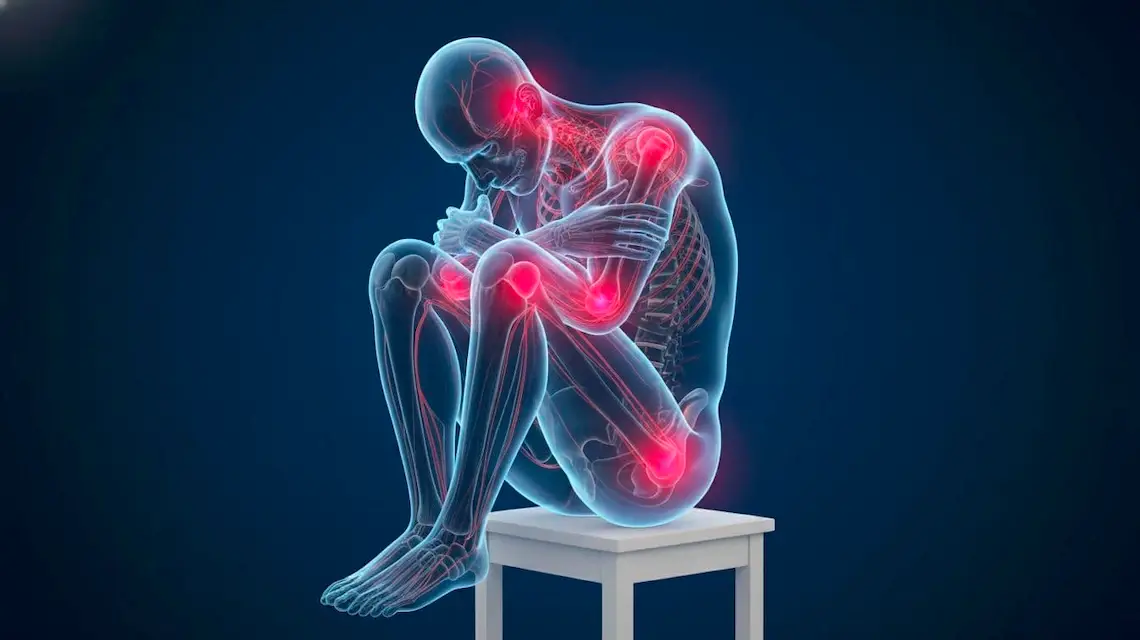
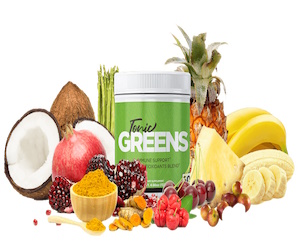
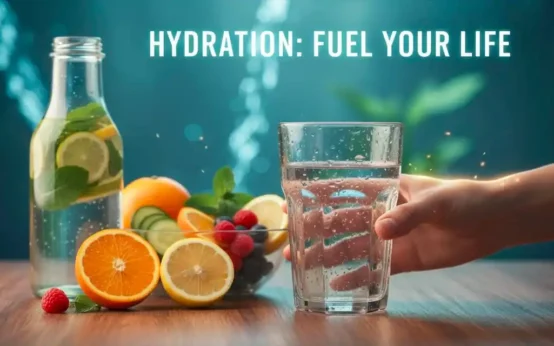 Importance of Hydration for Your Brain, Body, and Everyday Energy
Importance of Hydration for Your Brain, Body, and Everyday Energy 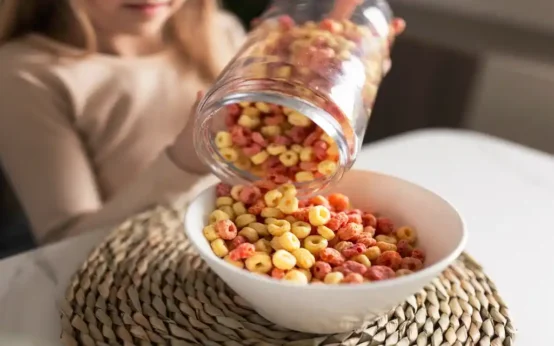 Healthiest Breakfast Cereal for Children
Healthiest Breakfast Cereal for Children  Anxiety Management Techniques
Anxiety Management Techniques 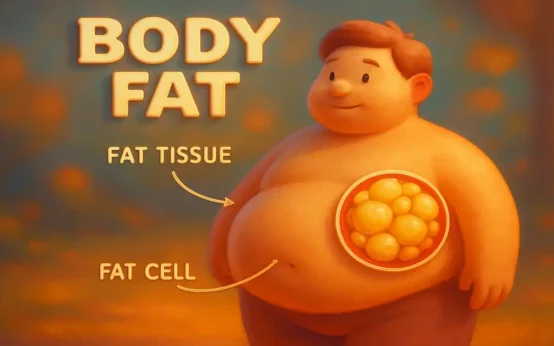 What Makes Fat in Our Body?
What Makes Fat in Our Body?  Best Diet to Reduce Risk of Diabetes
Best Diet to Reduce Risk of Diabetes 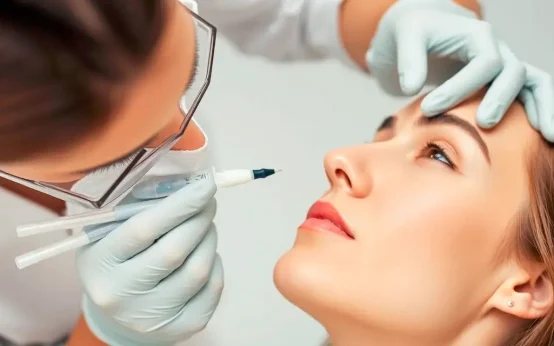 Long Term Effects from Botox
Long Term Effects from Botox